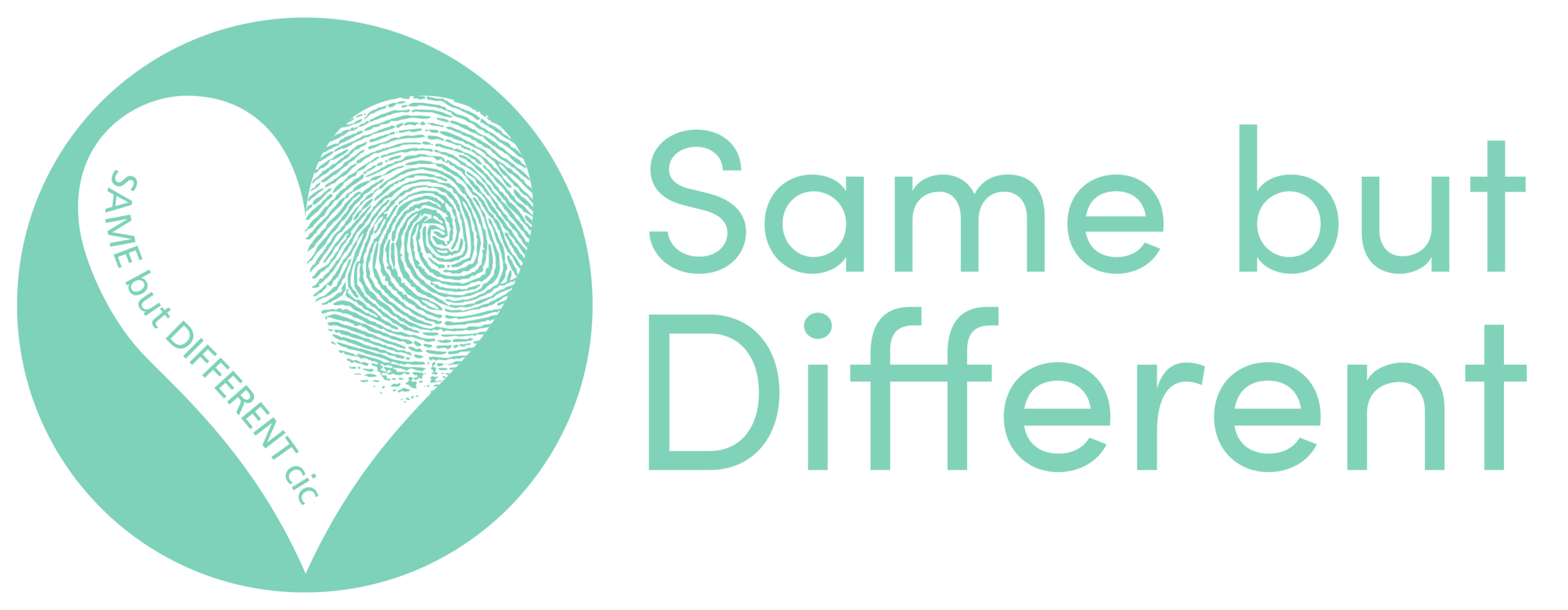Amba – Sturge-Weber Syndrome
Living with a facial difference has shaped Amba’s identity and interactions with the world in profoundly challenging and unexpectedly empowering ways. Having a birthmark that covers not just her face, but stretches from her head to her toes it also affects even her internal organs. Known as Sturge-Weber Syndrome it has been a part of her life since the day she was born.
All photographs by Ceridwen Hughes
Her birthmark has been prominent from her earliest memories and is responsible for many hospital stays from a young age. “I've had operations for my eye condition, glaucoma, which can be a part of the Sturge Weber syndrome. I've had laser treatment to try and reduce the colouration of my birthmark, to try and make it less visible. But unfortunately, it will never fully go away. It's just kind of like a maintenance thing. I’ve had so many tests and a lot of internal surgeries as well. I've been in hospital pretty much all my life. I can't remember a time I wasn't. It's been very apparent to me from such an early age that this was kind of my normal.”
As time has progressed Amba has moved from children’s health care to Adults and this brings its own issues and new challenges. “An adult's Ward is harder because I don't have that kind of surround sound of my mum being there all the time. It’s a new environment with a lot of other people who have other conditions. It is a lot harder to cope with that. I now must do the speaking about my condition and signs and symptoms rather than having a parent there to kind of take that lead and take that charge.”
Social interactions are difficult at times for her. From staring eyes in public spaces to awkward pauses when meeting someone new, Amba finds herself becoming a focal point of curiosity, and sometimes, misunderstanding. Learning to navigate these interactions without internalising every reaction is an ongoing process, being bullied when younger has left her with emotional scars, but she tries not to focus on this and looks to her future.






